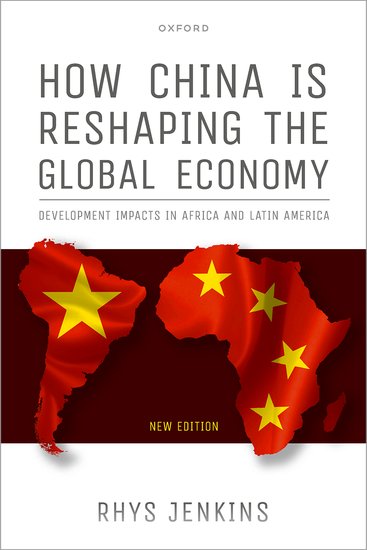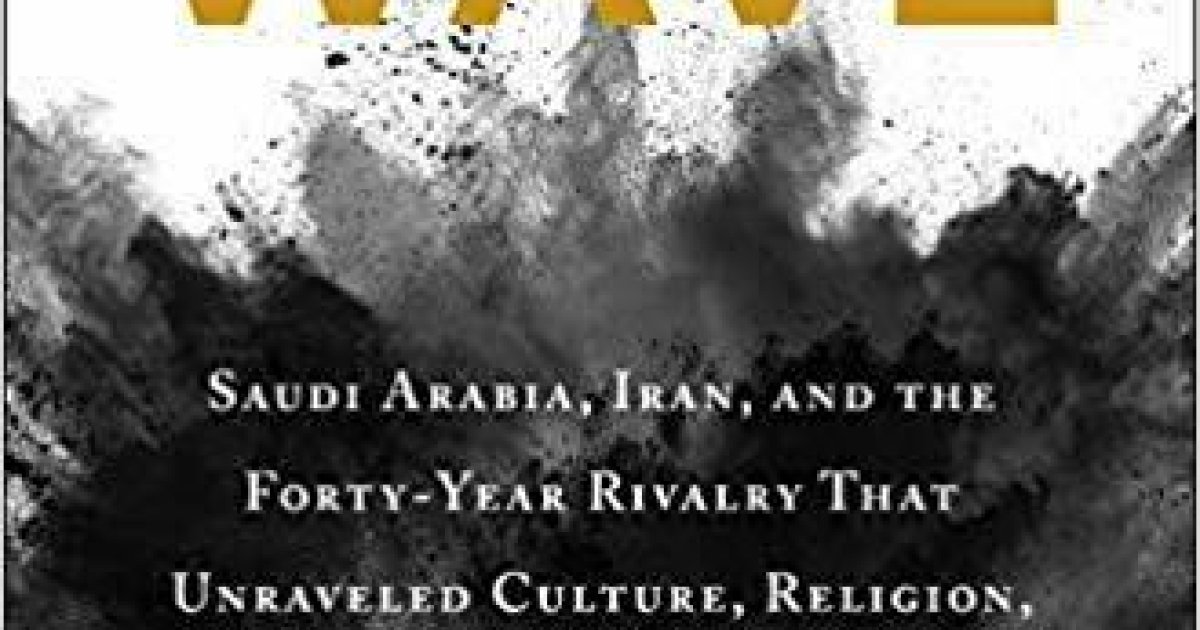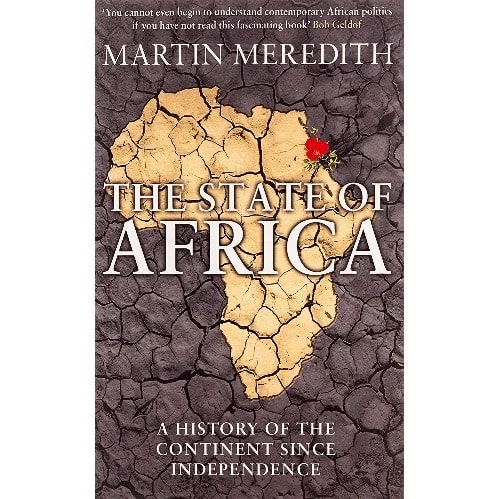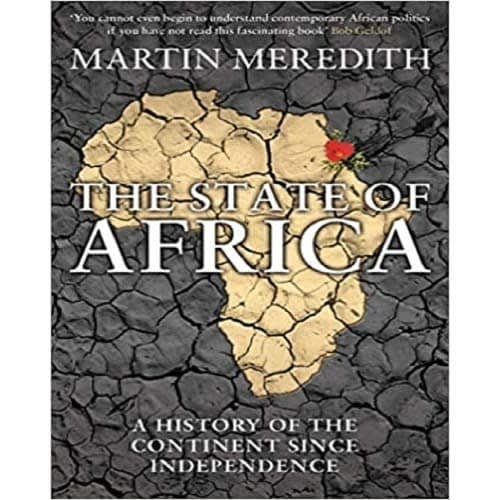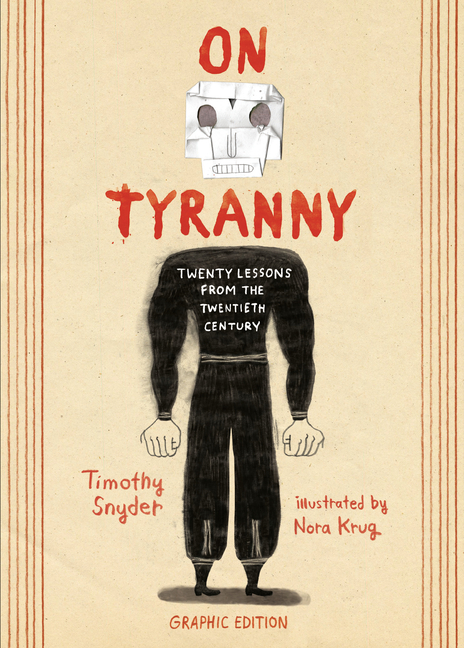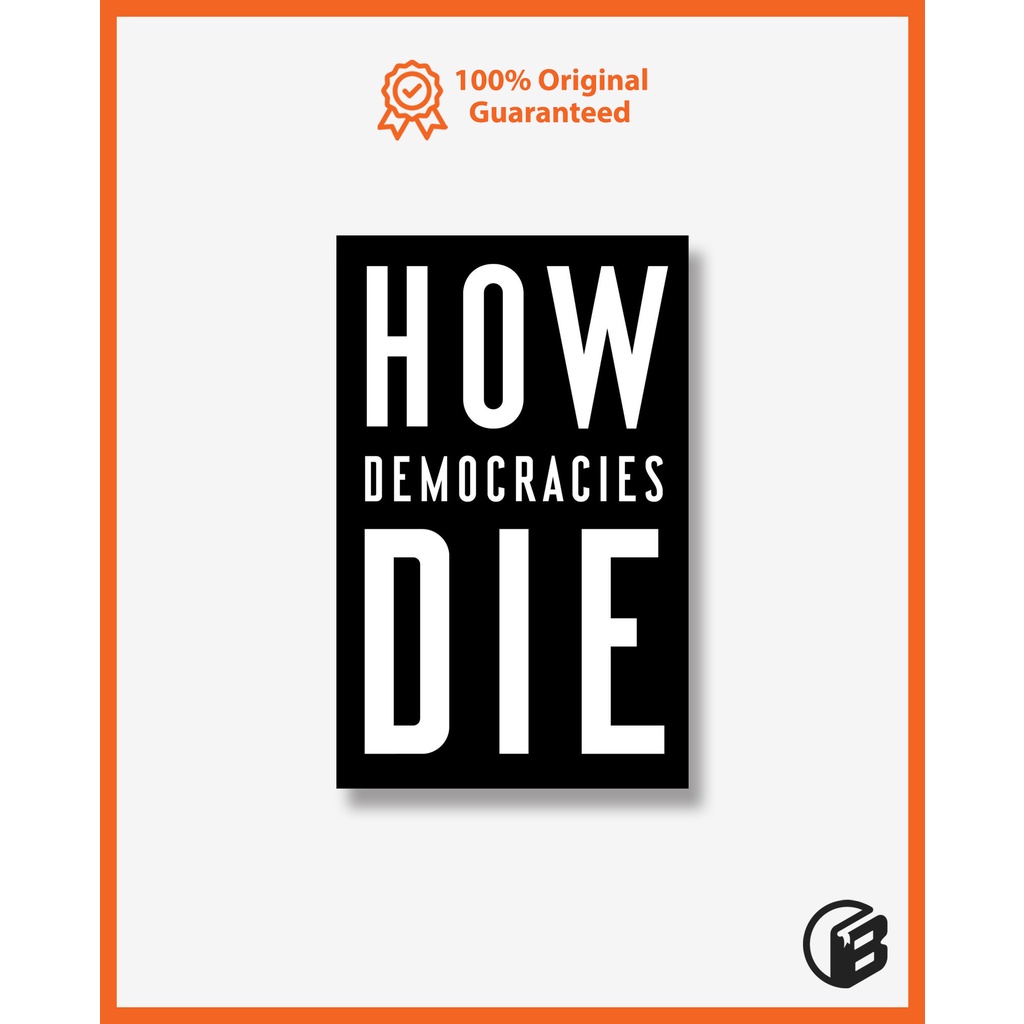Discover Pandipedia
Pandipedia is the world's first encyclopaedia of machine generated content approved by humans. You can contribute by simply searching and clicking/tapping on "Add To Pandipedia" in the answer you like. Learn More
Expand the world's knowledge as you search and help others. Go you!

A MADA, or Mobile Application Distribution Agreement, is a licensing arrangement that enables Original Equipment Manufacturers (OEMs) to license a set of Google Mobile Services. It allows for access to a suite of applications and includes some placement requirements, providing users with a consistent navigation experience across devices. Additionally, it ensures that developers have a reliable set of APIs for writing Android applications and provides access to the Google Play Store for application updates and distribution[1][2].
Let's look at alternatives:
- Modify the query.
- Start a new thread.
- Remove sources (if manually added).
- Request a manual search from our human research team.
Search engine optimization[1] (SEO) is the process of improving the quality and quantity of website traffic[1] from search engines. It involves optimizing a website to rank higher in search engine results[1] pages (SERPs) and therefore receive more visitors. SEO targets unpaid[1] or organic traffic, which includes various types of searches like image search, video search, and news search. By understanding how search engines work[1] and what people search for, website owners can optimize their websites to attract more traffic.
SEO has been around since the mid-1990s when webmasters began optimizing websites for search engines[1]. Initially, webmasters only needed to submit[1] their website's address or URL to search engines. However, as search engines evolved, they started using more complex algorithms to provide more relevant search results[1]. This change was necessary because webmasters were manipulating rankings by using excessive or irrelevant keywords[1]. Search engines adapted by developing more advanced ranking algorithms that considered various factors beyond keyword density.
There are two main categories of SEO techniques: white hat and black hat[1]. White hat SEO[1] follows search engine guidelines[1] and focuses on creating valuable content for users. It aims to improve the user experience and make websites more accessible. In contrast, black hat SEO[1] uses deceptive practices and manipulative techniques to improve[1] rankings. These techniques are not approved by search engines and can result in penalties or bans.
Search engines utilize crawlers to find and index web pages for their search results. They consider a range of factors when crawling a site[1], and not all pages are indexed. To avoid undesirable content in[1] search indexes, webmasters can use the robots.txt[1] file to instruct search engine crawlers on which pages or files to exclude from crawling.
The practice of SEO has evolved over the years, with search engines constantly updating their algorithms. Important updates include the introduction of mobile-first indexing, improvements in natural language processing[1], and the implementation of BERT[1] models for search queries. Google[1], for example, frequently updates its algorithms, and webmasters need to adapt their SEO strategies to stay relevant and maintain high rankings.
Ultimately, the goal of SEO is to increase website visibility, attract more targeted traffic, and convert visitors into customers. It is an essential part of internet marketing and can be a cost-effective strategy compared to paid advertising. However, SEO is not suitable for every website, and other marketing strategies may be more effective depending on the goals of the site operator.
In conclusion, search engine optimization is a complex process that involves optimizing websites to rank higher in search engine results[1]. It helps increase website traffic, attract targeted visitors, and improve the user experience. Despite its challenges and constant changes, SEO remains an important strategy for online businesses.
Let's look at alternatives:
- Modify the query.
- Start a new thread.
- Remove sources (if manually added).
- Request a manual search from our human research team.
Get more accurate answers with Super Search, upload files, personalised discovery feed, save searches and contribute to the PandiPedia.
Let's look at alternatives:
- Modify the query.
- Start a new thread.
- Remove sources (if manually added).
- Request a manual search from our human research team.

Introduction to YOLO
You Only Look Once (YOLO) is a groundbreaking approach to object detection that processes images with unprecedented speed and accuracy. Developed by Joseph Redmon and his colleagues, YOLO redefines the framework for real-time object detection by treating detection as a single regression problem. This means instead of using traditional methods that apply classifiers to various parts of an image, YOLO predicts bounding boxes and class probabilities directly from the entire image in one evaluation, optimizing the system for real-time applications.
How YOLO Works

The architecture of YOLO involves a single convolutional neural network trained on full images. This network divides the image into an S x S grid, where each grid cell is responsible for predicting bounding boxes and their corresponding confidence scores. Specifically, it predicts B bounding boxes and the confidence for each box, alongside C class probabilities for the floating objects within those boxes. This allows YOLO to learn generalizable representations of objects, leading to significant improvements in detection speed and accuracy compared to prior methods like R-CNN which rely heavily on sliding window techniques and region proposals[1].
Training and Inference
YOLO's training process emphasizes the simplicity of its model, making it easy to train on large datasets. Researchers used a pre-trained model on the ImageNet dataset to kickstart the training, fine-tuning it for object detection tasks. The final output of the YOLO model is a tensor that combines predictions for bounding boxes and class probabilities, allowing for real-time detection at a rate of up to 45 frames per second[1].
During inference, YOLO assesses the entire image at once rather than segmenting it into smaller sections. This holistic approach enables YOLO to make better predictions by utilizing contextual information found in the image, which is often lost in traditional methods that process each part separately[1].
Advantages of YOLO
One of the standout features of YOLO is its remarkable speed, achieving detection at rates that surpass traditional systems. The authors claim that YOLO can process images up to 155 frames per second on a Titan X GPU, which is significantly faster than systems like Fast R-CNN. This speed is crucial for applications that require immediate feedback, such as robotics or real-time monitoring[1].

Moreover, YOLO demonstrates an ability to generalize across different datasets. For instance, it performed exceptionally well on the Pascal VOC dataset, where it achieved a mean average precision (mAP) score of 57.9%, comparable to state-of-the-art methods yet significantly faster[1].
Limitations and Challenges
Despite its impressive capabilities, YOLO has limitations. The model struggles with smaller objects, as it tends to predict bounding boxes that are broader, leading to inaccuracies in localization. YOLO's grid approach can also limit the detection of overlapping objects, making it less effective in crowded scenes where object boundaries are closely situated[1].
Additionally, while YOLO is a single unified model, it can sometimes lack the fine-tuned accuracy seen in more complex architectures like Faster R-CNN, especially for detecting small or similar-looking objects[1].
Applications in Real-World Scenarios
YOLO's efficiency and speed make it ideal for various real-time applications. From automated surveillance systems to self-driving cars, YOLO identifies multiple objects in real-time efficiently. It's particularly valuable in environments where quick decision-making is crucial, such as robotics, where objects may change rapidly or where many items may be present at once[1].
The versatility of YOLO also extends to different visual domains, proving effective even when applied to artwork and natural images. This adaptability is essential as it opens avenues for research in diverse fields, from automated artwork analysis to problem detection in dynamic environments[1].
Conclusion

YOLO represents a significant advancement in the field of object detection, combining speed with high accuracy while maintaining a user-friendly model. Its direct approach to image processing enables real-time applications that traditional methods cannot achieve as rapidly. YOLO not only distinguishes itself by achieving high performance on benchmark datasets but also sets a new standard for what's possible in the realm of real-time object detection.
In summary, with its unified architecture and sleek operational model, YOLO caters to modern computational needs, proving it is one of the fastest and most accurate object detection systems available today[1].
Let's look at alternatives:
- Modify the query.
- Start a new thread.
- Remove sources (if manually added).
- Request a manual search from our human research team.
Let's look at alternatives:
- Modify the query.
- Start a new thread.
- Remove sources (if manually added).
- Request a manual search from our human research team.
Spies: The Epic Intelligence War Between East and West
Calder Walton’s exploration of the covert struggle between Russia and Western allies, emphasizing the current relevance of espionage in global conflicts.[1]
Decision Advantage: Intelligence in International Politics from the Spanish Armada to Cyberwar
Jennifer E. Sims argues that superior intelligence can lead to quicker and better decision-making in international affairs, making it crucial for understanding current geopolitical dynamics.[1]
Rise and Kill First: The Secret History of Israel’s Targeted Assassinations
Ronen Bergman’s account of Israel’s covert assassination operations, contextualizing Israel's ongoing conflicts with its neighbors in modern geopolitics.[1]
The Weaponisation of Everything
Mark Galeotti discusses how modern conflicts increasingly involve non-military means, providing insight into the evolving nature of warfare and security practices.[1]
Bloc by Bloc: How the Global Economy is Reshaping
This book examines the changes in globalization and how nations and organizations need to adapt to new regional power dynamics.[1]
The Shield of Achilles
Philip Bobbitt redefines the nature of the state and its capacity to protect citizens in the context of modern threats, relevant to understanding political changes like Brexit and the wars in Ukraine.[1]
Black Wave: Saudi Arabia, Iran, and the Rivalry That Unraveled the Middle East
Kim Ghattas’ detailed account of the historical and ongoing rivalry between Saudi Arabia and Iran affecting regional politics.[1]
Russia’s War Against Ukraine: The Whole Story
Dr. Mark Edele outlines the historical context and implications of the ongoing conflict between Russia and Ukraine.[1]
The Future of Geography
Tim Marshall explores the growing significance of space in geopolitics, framing it as a critical arena for future power struggles.[1]
Invisible China
Scott Rozelle and Natalie Hell analyze the rural developmental challenges in China, linking them to broader economic implications for global markets.[6]
Chip War: The Fight for the World’s Most Critical Technology
Chris Miller’s analysis of the semiconductor industry, highlighting its critical role in global technology and economic competition, especially between the US and China.[6]
The Clash of Civilizations and the Remaking of World Order
Samuel P. Huntington argues that future conflicts will predominantly be cultural and religious in nature, reshaping our understanding of international relations.[6][9]
The Great Delusion: Liberal Dreams and International Realities
John J. Mearsheimer challenges the liberal international order’s assumptions, arguing that efforts to spread democracy often lead to conflict.[6][9]
The Accidental Superpower
Peter Zeihan reveals how geography shapes global economic and political power dynamics, explaining the rise and fall of nations throughout history.[6][9]
The End of History and the Last Man
Francis Fukuyama discusses the evolution of political systems, claiming the end of ideological competition with the rise of liberal democracy.[6][9]
The New Asian Hemisphere
Kishore Mahbubani presents the rise of Asia as a central theme in global politics, challenging traditional Western dominance.[6][9]
The State of Africa
Meredith outlines post-colonial challenges and successes of African nations, necessary for understanding future political dynamics on the continent.[1]

Oceans Rise Empires Fall
Gerard Toal discusses how geopolitics affects climate change action, linking territorial disputes and resource competition with global warming.[8]
A Map of Future Ruins: On Borders and Belonging
Lauren Markham provides a narrative on the refugee crisis, linking personal stories to broader geopolitical narratives in Europe.[8]
The Road to Unfreedom
Timothy Snyder examines the resurgence of authoritarianism through the lens of Russian politics, providing critical insights into contemporary global trends.[7]
What Really Went Wrong
Fawaz A. Gerges critiques U.S. foreign policy and its ramifications in the Middle East, offering historical context for current conflicts.[9]
On Tyranny
Timothy Snyder’s urgent call to defend democracy through historical lessons about authoritarianism and civic responsibility.[7]
How Democracies Die
Steven Levitsky and Daniel Ziblatt analyze the gradual erosion of democratic norms, illustrating the growing threat of authoritarianism.[7]
The Last Testament
A gripping thriller that combines contemporary geopolitics with ancient mythology, exploring the intersections of beliefs and modern conflicts.[5]
Let's look at alternatives:
- Modify the query.
- Start a new thread.
- Remove sources (if manually added).
- Request a manual search from our human research team.
Get more accurate answers with Super Search, upload files, personalised discovery feed, save searches and contribute to the PandiPedia.
Let's look at alternatives:
- Modify the query.
- Start a new thread.
- Remove sources (if manually added).
- Request a manual search from our human research team.

Yes, there are dangerous animals in Scottish forests, although they are not typically a significant threat to humans. The most common cause of injuries and deaths in Scotland is from cows, particularly when they are protective of their calves during the breeding season, posing a risk to those who venture too close[1].
Other animals that may pose risks include deer, which can be aggressive during mating season, and wild boars, which can cause injuries if approached, especially if they feel threatened[1][2]. Overall, while dangerous wildlife exists, incidents are rare with proper precautions.
Let's look at alternatives:
- Modify the query.
- Start a new thread.
- Remove sources (if manually added).
- Request a manual search from our human research team.

Frederick Forsyth's The Day of the Jackal was first published in 1971 and quickly established itself as a seminal work in the thriller genre, primarily due to its intricate plot and realistic portrayal of political assassinations. The novel follows an unnamed assassin, known only as the Jackal, as he is hired by a far-right organization to assassinate French President Charles de Gaulle. This captivating story has been adapted into film several times, notably the acclaimed 1973 version and the more recent 2024 television series. Each adaptation brings its own interpretations and alterations to Forsyth's original narrative, creating different viewing experiences.
The Original Novel
Forsyth's novel is meticulously structured into three parts: Anatomy of a Plot, Anatomy of a Manhunt, and Anatomy of a Kill. It details the Jackal's complex preparations for the assassination, the French secret service's investigation, and the ultimate attempt on de Gaulle's life. The plot is not only a suspenseful thriller but also explores the intricate dynamics of a politically charged France in the 1960s, particularly after de Gaulle's decision to grant Algeria independence, which enraged many within France, leading to the formation of the OAS (Organisation Armée Secrète)[2][11].
Forsyth's writing combines fiction with realistic elements, drawing on his experiences as a journalist in France. The realistic and procedural nature creates a believable narrative, allowing readers to immerse themselves in the innovative techniques and planning that the Jackal employs for his mission, such as forging identities and acquiring weapons through intricate means[2][11][10]. This blend of detail and suspense makes the novel particularly engaging and serves as a backdrop against which the character dynamics unfold.
The 1973 Film Adaptation

Directed by Fred Zinnemann, the 1973 adaptation of The Day of the Jackal features Edward Fox as the titular character. This version remains praised for its authenticity and tension, capturing the meticulous nature of the Jackal's preparations and the corresponding manhunt led by the French detective Claude Lebel, played by Michel Lonsdale[5][6][9]. The film is noted for its realism and documentary-style approach, focusing heavily on procedural detail and less on dramatization[5].
While the film stays relatively faithful to the novel, there are significant omissions. For example, character backgrounds and subplots present in the book, including the motivations of both the Jackal and the OAS, are streamlined for cinematic pacing[12]. The gruesome complexities that Forsyth embedded into the characters' motivations, particularly the psychological layers of the assassin and the political intricacies of the OAS, are toned down. The film also alters the depiction of female characters, presenting them largely through a lens of objectification, unlike the novel where they have more depth[1][9].
Moreover, the film's tension is derived from a countdown to the assassination day, using clocks and urgent police activities to create suspense, which mirrors the book's structure but simplifies the multi-faceted elements of narrative tension and character development[9]. Despite these differences, Fox’s portrayal of the Jackal as a cool, composed, and morally ambiguous character aligns with Forsyth's intent, also generating a complex relationship with viewers who may find themselves able to empathize with the assassin[5][6][10].
The 2024 Television Series
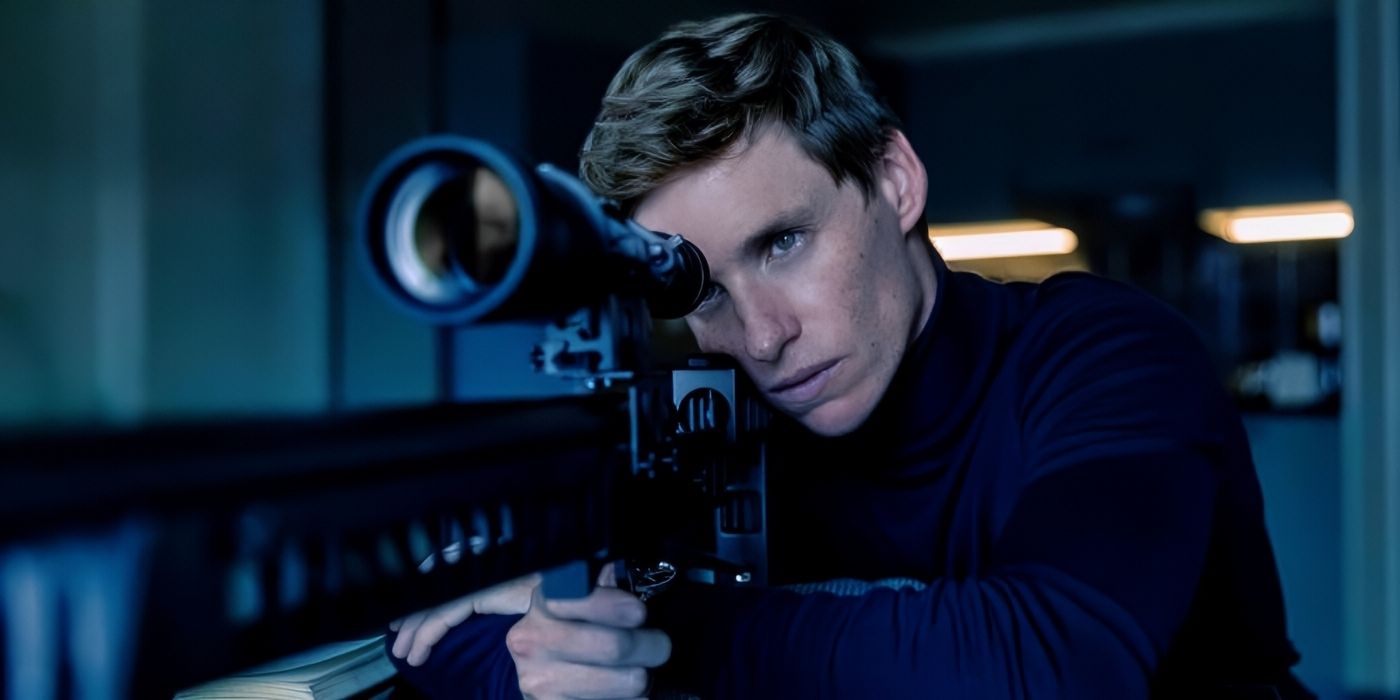
The latest adaptation arrives as a ten-part television series airing on Peacock, featuring Eddie Redmayne as the Jackal. This series presents a modern twist on the story, shifting the target to a fictional elite tech billionaire and adapting the Jackal into a more sympathetic character in a contemporary setting[1][6]. The series allows for deeper character exploration and a more expansive narrative, providing viewers with an understanding of the Jackal's past life and relationships, including a wife and child, which adds layers to his character that were not present in either the book or the previous films[6][7].
The series also emphasizes themes of morality and complexity, offering an ambiguous portrayal of both the Jackal and his pursuer, MI6 agent Bianca, played by Lashana Lynch. Here, the line between right and wrong becomes blurred, reflecting modern sensibilities regarding character depth and moral ambiguity[4][6][8]. This expansion allows the narrative to explore the political environment and societal issues pertinent to the 21st century, although some critics argue it complicates the primary cat-and-mouse story with excessive subplots[7][8].
Conclusion
Each adaptation of The Day of the Jackal presents unique interpretations of Forsyth's original work. The novel provides a rich, detailed narrative steeped in political intrigue and assassin's psychology. The 1973 film captures the tension of the chase and the assassin's chilling demeanor while sacrificing some of the novel's depth and character complexity. The 2024 series, by contrast, expands upon the narrative significantly, introducing modern themes and character development but potentially straying from the tight focus that made the original story compelling. As a result, while each version shares foundational elements, they showcase the flexibility of Forsyth's story across different media and the evolving cultural contexts in which they are presented.
Let's look at alternatives:
- Modify the query.
- Start a new thread.
- Remove sources (if manually added).
- Request a manual search from our human research team.

“This Journal… proves the existence of such under currents”
Unknown[1]
“…those intrepid men who for us cheerfully brave the fury of the waves, and the rage of battle”
Rev. Walter Traill[1]

“Even you, my friends, who are employed inthe execution of this work, are objects of regard and gratitude”
Rev. Walter Traill[1]
“...safety and life shall spring from danger and death”
Rev. Walter Traill[1]
"Even you, my friends, who are employed in the execution of this work, are objects of regard and gratitude."
Rev. Walter Traill[1]
Let's look at alternatives:
- Modify the query.
- Start a new thread.
- Remove sources (if manually added).
- Request a manual search from our human research team.









